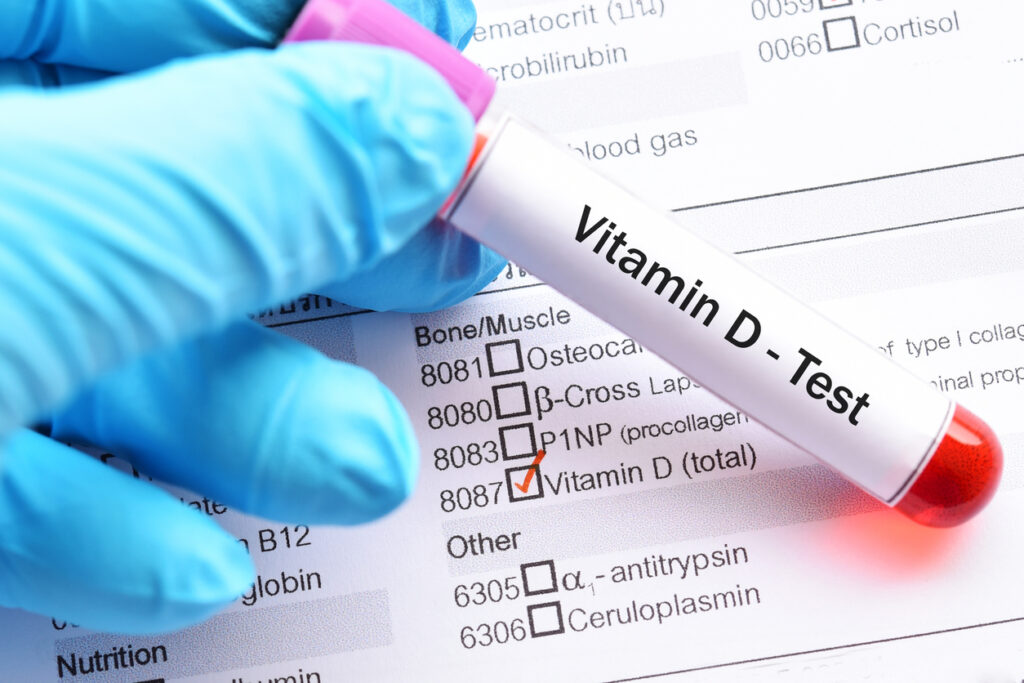Higher blood 25(OH)D levels are associated with increased skin cancer risk, potentially reflecting cumulative ultraviolet (UV) exposure, and could serve as a biomarker for skin cancer risk, a new study suggests.
But at least two outside experts are not convinced that vitamin D is a useful biomarker for people who are already known to be at higher risk for skin cancer.
Epidemiological studies have linked higher vitamin D levels to reduced risks of colorectal, breast, and prostate cancer. Still, its role in skin cancer remains controversial, potentially reflecting cumulative UV exposure rather than a protective effect, the study authors note.
In the study, higher 25(OH)D levels were associated with increased risks of non-melanoma skin cancer, melanoma, and other types of skin cancer. What’s more, Mendelian randomization (MR) analyses supported a causal relationship for non-melanoma skin cancer and melanoma.
Skin cancer risks were highest in males, older adults, and individuals with obesity, the study showed.
Integrate Monitoring with Dermoscopy
“We recommend integrating biennial 25(OH)D monitoring with dermoscopy into routine examinations for high-risk groups (e.g., non-Hispanic Whites, males, and individuals with frequent UV exposure),” the researchers conclude in Cancer Screening and Prevention. “Public health strategies should strengthen sun-protection education, promote the use of physical barriers, and optimize vitamin D supplementation to balance the risks of UV exposure.”
For the study, researchers aimed to assess the association and causality between 25(OH)D levels and skin cancer risk using data from the National Health and Nutrition Examination Survey (1999–2018) and MR analyses, evaluating 25(OH)D as a potential screening biomarker.
They integrated data from the National Health and Nutrition Examination Survey (1999–2018; n = 21,357 U.S. adults, including 631 cases of skin cancer) with MR analyses using genome-wide association study-derived genetic variants to assess the causal relationship between serum 25(OH)D levels and skin cancer risk.
Of the 631 skin cancer cases, males had a higher incidence than females, possibly due to more outdoor activity. Targeted campaigns promoting sunscreen use among males could help reduce these gender disparities, the study authors suggest.
TDD Experts React
“There is some validity to low vitamin D and cancer risk as a whole, and I think vitamin D supplements are good for overall health,” says Vishal Patel, MD, an Associate Professor of Dermatology at the GW School of Medicine & Health Sciences and the Director of the Cutaneous Oncology Program at the GW Cancer Center in Washington, DC. He has no ties to the new study.
That said, “High vitamin D is just casual and may be a marker of UV exposure but not skin cancer risk per se,” he says, adding that vitamin D may be a correct association, but not a biomarker.
There is a limit to how much vitamin D production occurs as a result of sun exposure, adds Sherrif F. Ibrahim, MD, PhD, an Assistant Professor in the Department of Dermatology at the University of Rochester. “It’s not like it can keep increasing indefinitely with more exposure.” He adds that testing vitamin D levels in people who are already at known risk for skin cancer may not add much value. Dr. Ibrahim was not involved with the new research.


